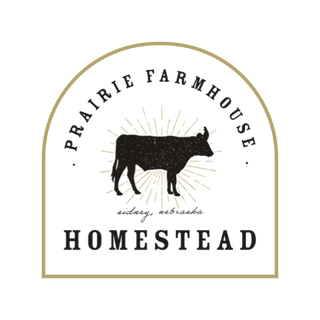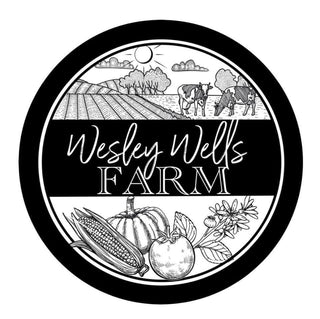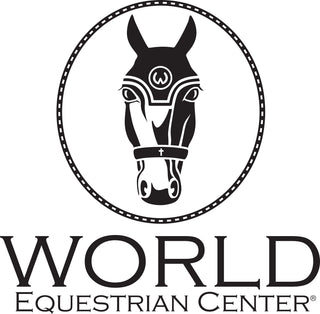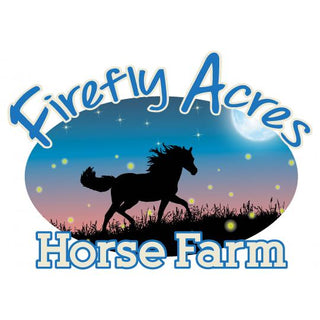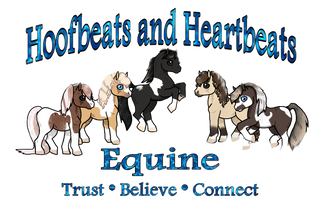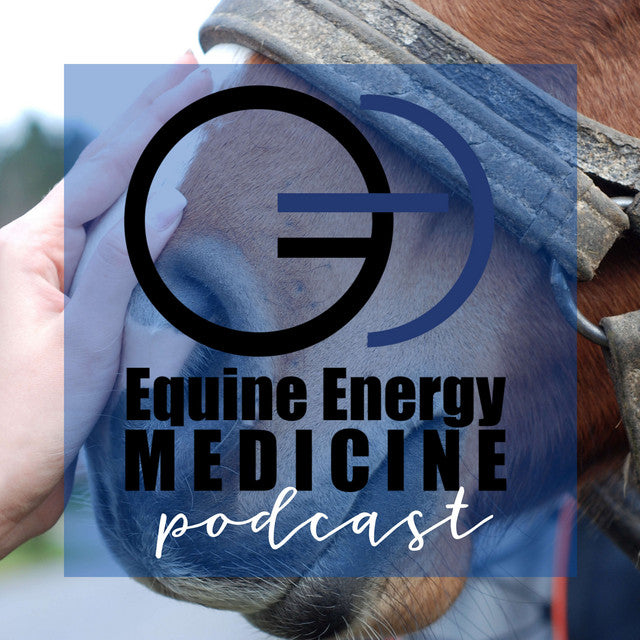
Introduction
Keeping paddocks healthy and manageable is one of the biggest time challenges for any horse owner. Between weather, mud, manure, and grazing cycles, there is always something that needs attention. The two most common strategies for staying on top of it are paddock rotation and paddock cleaning. Both methods aim to protect pasture health, save labor, and keep horses sound, yet they approach the problem differently.
Rotation focuses on resting grass and controlling grazing pressure, while cleaning focuses on removing waste and maintaining safe, dry footing. Many horse owners wonder which is faster, more efficient, and better for long-term results. The truth is that the best solution often blends both approaches, supported by reliable equipment such as the Paddock Blade collection for fast, consistent cleanup.
What Is Paddock Rotation?
Paddock rotation, also called rotational grazing, means dividing grazing land into smaller sections and moving horses between them regularly. This allows grass to recover, improves root structure, and maintains better ground cover. Instead of letting horses graze one field bare, rotation encourages natural rest and regrowth.
By alternating turnout areas, owners can reduce soil compaction and maintain cleaner, firmer footing through the wet months. Rotation also prevents overgrazing, which leads to weeds and poor-quality forage. To learn more about the relationship between grazing and cleaning systems, explore streamlining pasture management: harrowing vs manure removal for practical context.
How Rotational Grazing Works
A good paddock rotation schedule usually includes at least three sections. Horses graze one area for a week or two, then move to another while the first rests and regrows. The rest period depends on weather and soil type but often ranges from four to six weeks.
Can I skip cleaning if I rotate often?
Rotation helps spread manure more evenly, but skipping cleanup entirely is never ideal. Manure left behind still harbours parasites and adds too much nitrogen to small sections, which can burn grass. Even during rest periods, occasional cleanup supports healthier soil and faster regrowth.
For planning, use the paddock cleaning calculator to estimate the time difference between full cleanup and partial rotation schedules.

Drag Harrows
Drag harrows play a key role in spreading manure evenly across the soil surface. When used in warm, dry conditions, they help fertilise grass naturally and prevent bare patches. However, using harrows in wet or cool weather can spread parasites rather than destroy them.
How many paddocks do I need for rotation?
Most small farms manage well with three to four paddocks. This allows enough rest between grazing cycles while keeping forage balanced. Pairing rotation with efficient manure removal tools like the Paddock Blade keeps the system clean and manageable year-round.
Rollers and Aerators
After heavy rain or constant hoof traffic, soil can compact and form puddles. Rollers and aerators help level the surface and restore airflow to the soil. Aerating improves water absorption and prevents pooling near gates and troughs. These steps extend the life of your pastures and make them safer for turnout.
You can plan aeration or levelling work seasonally using the paddock cleaning calculator to budget time and maintenance costs.
Benefits for Pasture Health and Manure Spread
Rotation promotes more even manure distribution and improves the overall quality of forage. Horses naturally avoid grazing near manure piles, so spreading waste during rotation helps grass grow evenly and reduces parasite hotspots.
Is rotational grazing suitable for dry climates?
Yes, but rest periods must be longer to prevent overgrazing. In very dry conditions, paddock rotation protects root systems and reduces erosion from hoof traffic.
Learn more about seasonal pasture care through winter paddock care strategies to plan year-round improvements.
Sprayers and Weed Control Tools
Rotational systems often require weed control between grazing cycles. Lightweight ATV sprayers or backpack sprayers make the job easier. Always use equine-safe herbicides and keep horses off treated pastures until products are fully dry.
Monitoring weed growth also reveals soil issues such as nutrient imbalance or compaction. Good cleaning and rest cycles naturally reduce many of these problems over time.
Time-Saving Advantages of Rotation
Rotation spreads labour evenly across the year and reduces the need for reseeding or heavy repairs. With less mud, fewer ruts, and stronger grass cover, daily cleanup becomes simpler.
How do I start rotational grazing on a small property?
Begin by dividing your main paddock with temporary fencing into two or three sections. Move horses every one to two weeks and rest each area for at least four. Track time and cost changes with the paddock maintenance time calculator to find your most efficient rotation schedule.
What Is Paddock Cleaning?
Paddock cleaning focuses on daily or weekly manure removal to reduce mud, flies, and parasites. It works hand-in-hand with rotation but can also stand alone for smaller properties. Clean paddocks improve drainage, prevent hoof diseases, and keep horses more comfortable.
Even when grass is dormant, cleaning prevents nutrient overload and improves the look of your property. Read more about efficient cleanup methods in streamlining pasture management: harrowing vs manure removal for a closer look at technique and timing.
Manual vs Mechanical Paddock Cleaning Tools
Manual cleaning with forks and rakes is effective for small areas or stalls. It allows close inspection of footing and manure consistency, which gives insight into a horse’s health. However, it can be time-consuming and physically demanding for large properties.
Mechanical cleaning with equipment like the Paddock Blade collection saves enormous time. The design allows fast, smooth collection over grass, gravel, or mud without tearing the surface.
What’s the fastest way to clean paddocks?
Using a mechanical tool two to three times a week is far quicker and reduces back strain. Owners report saving several hours weekly compared to manual cleaning. Consistent removal also means fewer parasites and less mud.

Disinfectants for Feeders and Troughs
Clean paddocks are not just about manure removal. Feeders, troughs, and hay racks collect bacteria and algae that can harm horses. Use equine-safe, non-toxic disinfectants or diluted vinegar to keep feeding areas clean.
For practical hygiene tips, visit 10 powerful manure management practices for small horse farms in the USA for year-round cleaning routines.
Storing and Caring for Your Tools
Caring for cleaning tools ensures they last for years. Store forks, rakes, and mechanical equipment under cover, raised off the ground to prevent rust. Wipe down metal parts and apply light oil to moving joints before winter.
After wet days, dry tools thoroughly and inspect for cracks or wear. You can use the paddock cleaning calculator to estimate annual maintenance costs and plan for replacements.
Ready to Clean Smarter with the Right Tools?
In the debate between paddock rotation and paddock cleaning, the real winner is balance. Rotation supports grass recovery, while cleaning maintains hygiene and safety. Combining both gives horses the healthiest environment and saves the most time in the long run.
Modern equipment makes cleaning quick and efficient. With reliable paddock cleaning tools, even large pastures can stay tidy with minimal labour. Clean paddocks grow better grass, reduce mud, and create a safer, healthier home for your horses year-round.
FAQs
How many paddocks do I need for rotation?
Three to four sections usually provide enough rest time between grazing cycles for most properties.
Can I skip cleaning if I rotate often?
No. Rotation spreads manure but does not remove it. Regular cleaning still prevents parasites and nutrient overload.
What’s the fastest way to clean paddocks?
Using a mechanical paddock cleaner like the Paddock Blade two to three times a week saves hours and keeps surfaces even.
Is rotational grazing suitable for dry climates?
Yes, but paddocks need longer rest periods to allow grass recovery.
How do I start rotational grazing on a small property?
Use temporary fencing to divide existing paddocks and alternate grazing weekly. Even small systems reduce mud and extend grass life.
Conclusion
Both paddock cleaning and rotation offer strong advantages. Rotation supports natural grass cycles and soil health, while cleaning improves daily hygiene and prevents mud and parasites. The most time-efficient system blends both, rotating to rest pastures and cleaning regularly to maintain safe footing.
With thoughtful routines and the right tools, maintaining paddocks no longer has to be a chore. The Paddock Blade collection makes cleanup fast, easy, and effective, giving you back time to focus on what matters most…your horses.

















